Exploring Wooden Tools: A Comprehensive Guide
Wooden tools have been integral to human craftsmanship and construction for millennia. These tools, crafted from various types of wood, are essential for a wide range of applications, from home improvement to professional carpentry. Understanding the diversity and functionality of these tools is crucial for selecting the right equipment for your project needs.
Types of Wooden Tools and Their Uses
Hand Tools: The category of wooden hand tools encompasses a variety of instruments such as chisels, hammers, and hand saws. Chisels, made with wooden handles, are indispensable for detailed woodworking tasks, allowing artisans to carve and shape wood with precision. Hammers with wooden grips offer a comfortable hold for driving nails or breaking apart materials. Hand saws with wooden handles provide control and balance for cutting through wood with accuracy.
Power Tools: Power tools with wooden components are also prevalent, including drills and sanders. Drills with wooden handles are designed for ergonomic comfort and provide the torque needed for boring holes or driving screws. Sanders, often with wooden grips or bases, are used to smooth surfaces, and some models feature integrated dust blowers to maintain a clean work environment.
Features and Advantages of Wooden Tools
Wooden tools are appreciated for their durability and ergonomic design. The natural texture of wood provides a better grip, reducing fatigue during extended use. Additionally, wooden handles can absorb shock, making tools like hammers and mallets more comfortable to use. The insulating properties of wood also make wooden-handled tools safer for electrical work, as they reduce the risk of conducting electricity.
Materials and Craftsmanship
The materials used in wooden tools are selected for their strength and resilience. Hardwoods such as oak, ash, and hickory are commonly used for handles due to their ability to withstand impact and resist wear. The craftsmanship involved in creating wooden tools is a testament to the blend of traditional techniques and modern precision, ensuring that each tool is both functional and durable.
Selection and Maintenance
Choosing the right wooden tool requires consideration of the task at hand and the material's properties. For instance, a wooden mallet is ideal for chiseling, as it delivers a softer impact that can prevent damage to the chisel and workpiece. Maintenance of wooden tools involves regular cleaning, proper storage, and occasional treatment with oils or waxes to preserve the wood's integrity and prevent cracking or splitting.
Conclusion
In conclusion, wooden tools are a testament to the enduring relationship between wood and craftsmanship. With a range of types and uses, these tools offer versatility and efficiency for various tasks. By understanding the features, materials, and proper care for wooden tools, users can ensure their longevity and performance in any project.






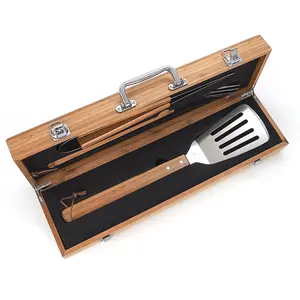



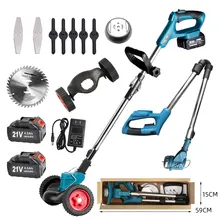

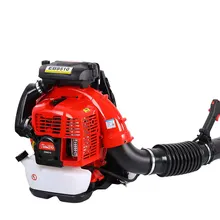
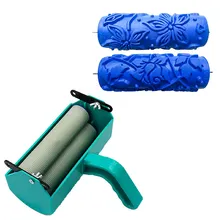

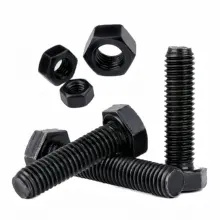


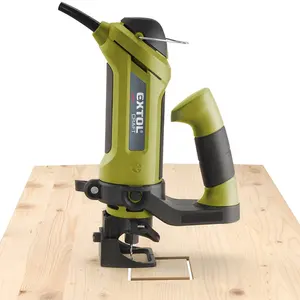

























 浙公网安备 33010002000092号
浙公网安备 33010002000092号 浙B2-20120091-4
浙B2-20120091-4